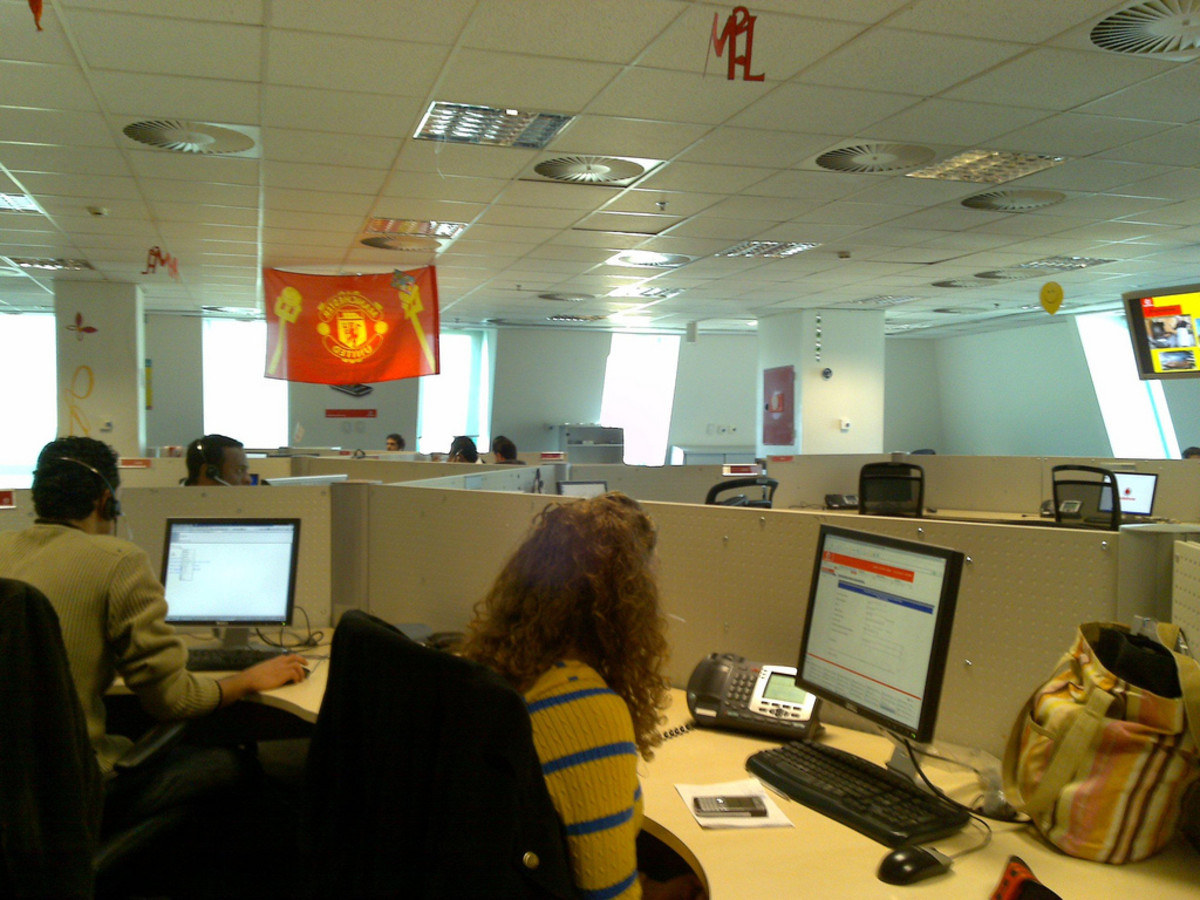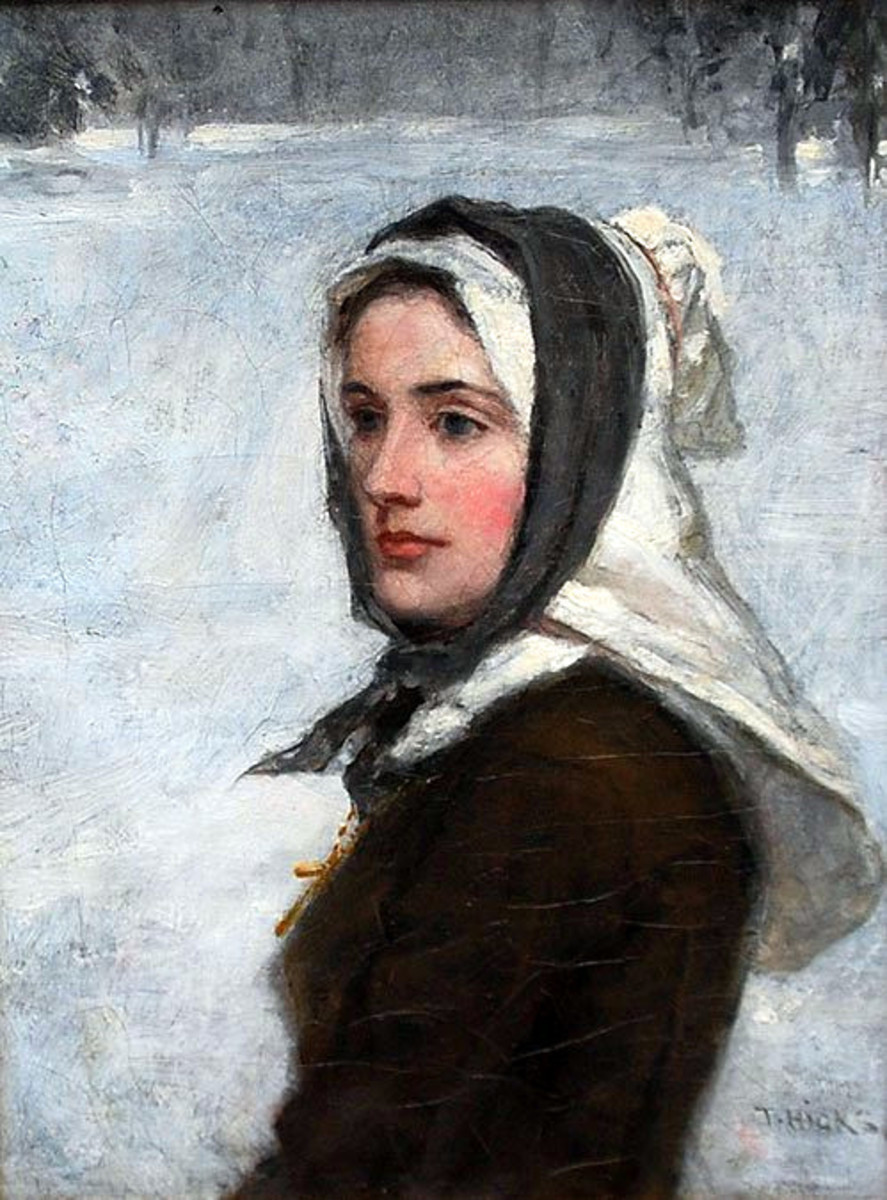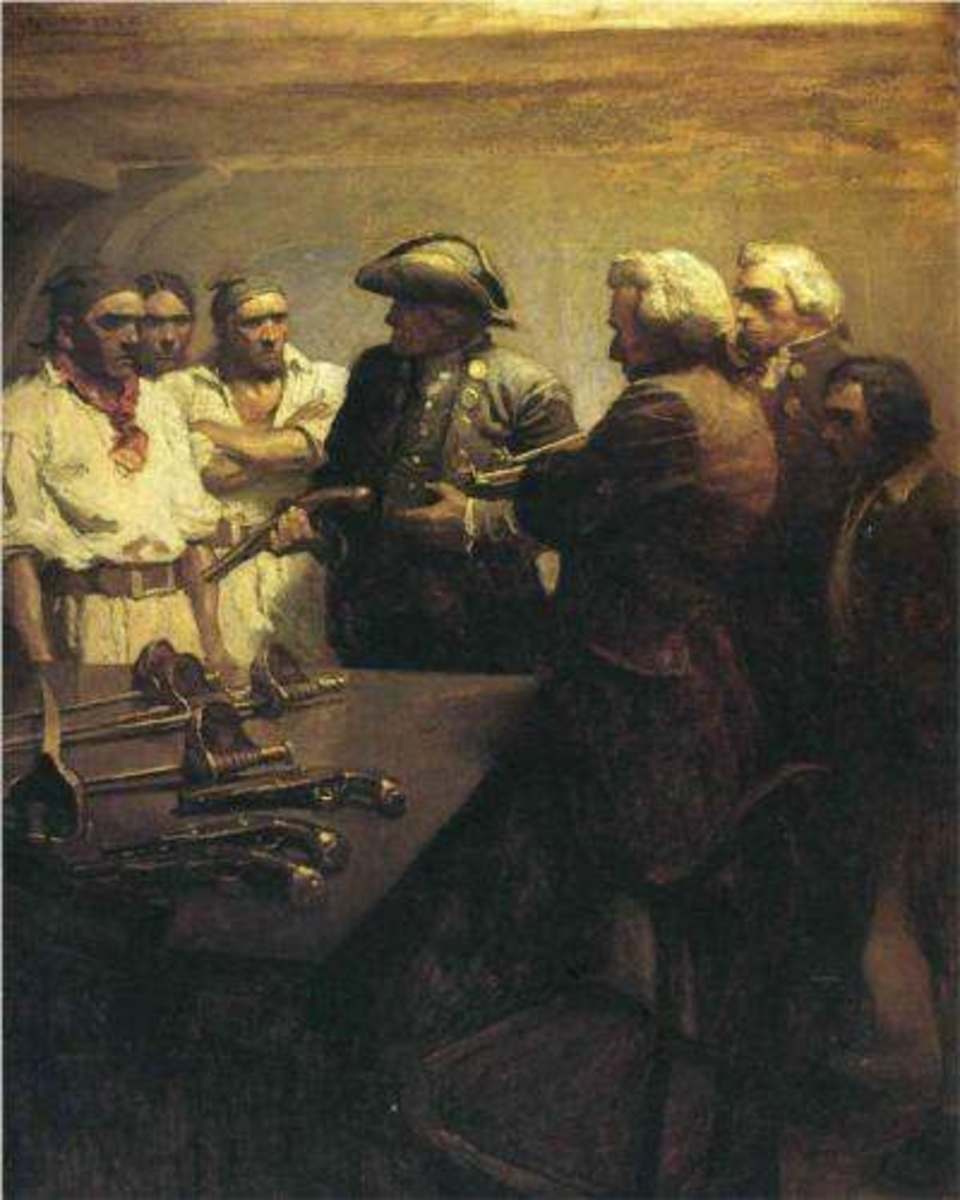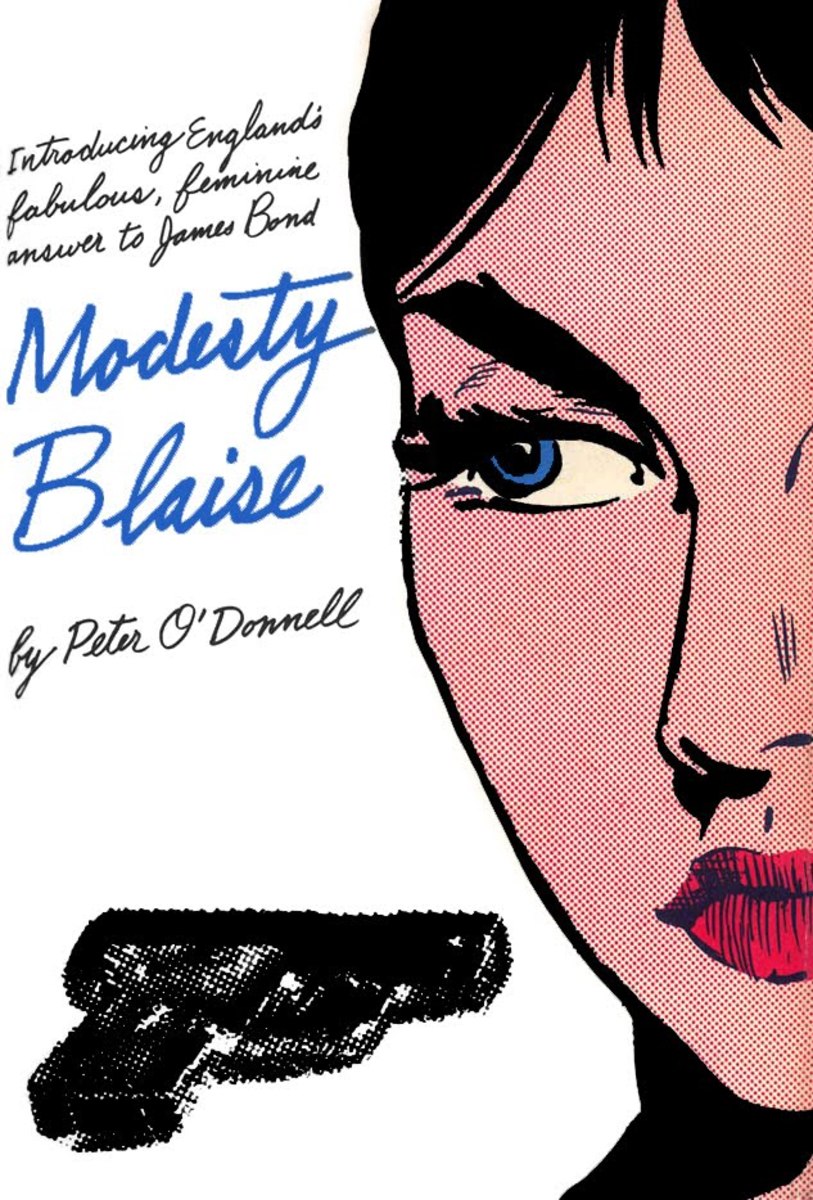Boredom Be Gone: Lesson12-1984 Book 1, Chapters 1 and 2
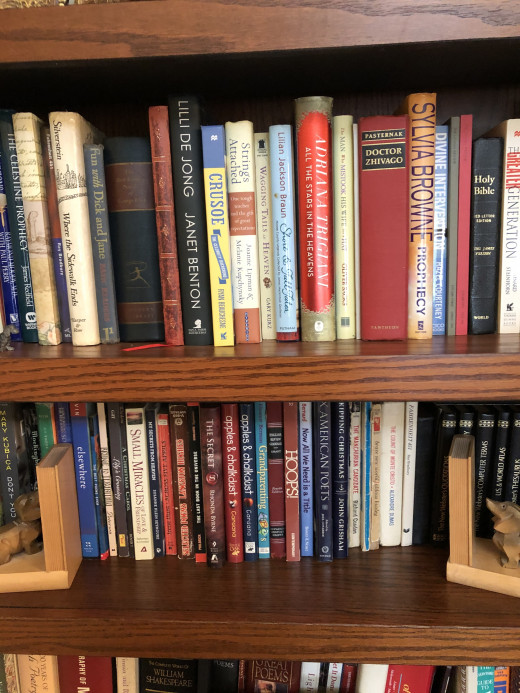
When 1984 Was the Future
World War II had ended just a few years before George Orwell wrote 1984, which explains why that year might seem like the distant past to us but like science fiction to those who read the book the year it was published: 1949. As you read this dystopian novel, you just might be amazed at at the number of situations, events and ideologies Orwell seems to have predicted.
In fact, this might be the perfect time to take a good, hard look at 1984. One of the major themes of the book is the media’s tendency to distort and /or change history; you don’t have to look very far to see how that’s happening today. You may even wonder whether Orwell had some kind of crystal ball which enabled him to see into the future...or you might conclude that he carefully took note of what was going on around him back then and projected how that would probably translate in the future.
I’ll publish a study guide for two or more chapters of the book every few days or so. Hopefully, this will help you to focus on certain aspects of the book and how they relate to society today.
Answers to the study guide questions in addition to the next group of questions will not be published until four or five days later in order to give everyone a fair amount of time to read the chapter(s) and complete the questions.
It’s Your Turn
Study Guide: 1984
Book 1, Chapters 1 and 2
1. a. Name and describe the main character,
b. What seems to be bothering him?
2. Name and describe what’s going on in the country that serves as the setting for the book.
3. List three slogans of the Inner Party.
4. List the four ministries.
5. why are certain things written in italics?
6. Who is Goldstein, and what part does he play in the One Minute Hate?
7. What happens between Winston and O’Brien?
8. Why is the audience‘s reaction to the film somewhat strange?
9. Explain “thought crime” and Thought Police.
10. What do the Parsons represent?
11. What seems to be the function of children in this futuristic society?
12. Describe Winston‘s dream about O’Brien.
13. What two announcements are made on the news?
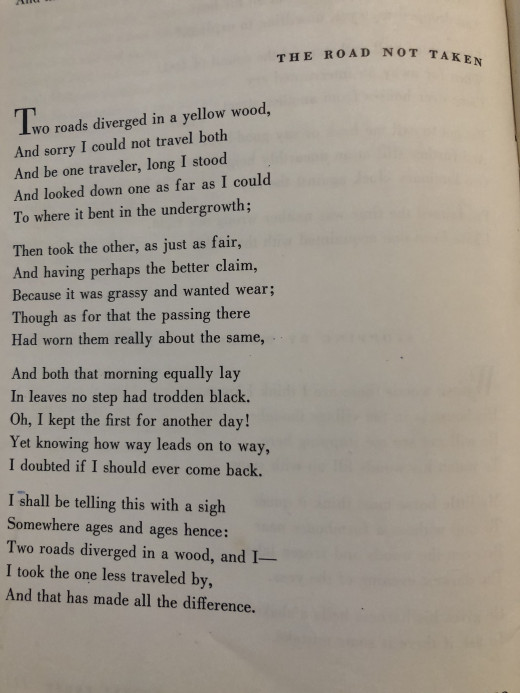
Answers to Lesson 11
2. “diverged” (line 1): split apart
”trodden” (line 12): walked on
“hence” (line 17): years later
3. first person speaker (“I”)
4. no one in particular is being addressed
5. The speaker has not established a time. The place is “a yellow wood” where two paths went in different directions. (This, of course, symbolizes a time in the speaker’s life when he had to make a choice.)
6. The structure is traditional: The poem has rhyme and rhythm, plus it’s written in verse form.
7. The tone is relief and/ or satisfaction. (his choice affected his life in a positive way.)
8. The plot: (Keep in mind the fact that the road and the two paths symbolize the speaker‘s life): There was a time in his life when he had to make a decision about whether to do what most people would do, or whether to do something that few people would choose to do. He chose the latter, and that choice affected his life in a positive way.
9. line 8: “wanted wear” means that path obviously had not been used as much; the word “wanted” could also hint that the path was beckoning to him
(You really could have any answer here, as long as you justify it with a reason to back up your answer.)
10. You can “see“ the woods with two paths that at one point go in opposite directions. You also can see the speaker standing there trying to decide which path he should take. Finally, you can “see” him making up his mind to take the path that obviously had not been taken many times before. You can “feel“ the grass beneath his feet as he goes down the path.
11. lines 3,4: alliteration (“long”, “looked”) lines 16,17: alliteration (“sigh”, “somewhere”) (This poem depends far more on imagery than figurative language to paint a clear picture,)
12. This is written in iambic tetrameter. (The rhyme scheme is a b a b c.) Answers will vary. (Just remember to back up your answers with reasons.)
Criticize and Evaluate: There is no right or wrong answer, as long as you back up what you say with solid reasons,





